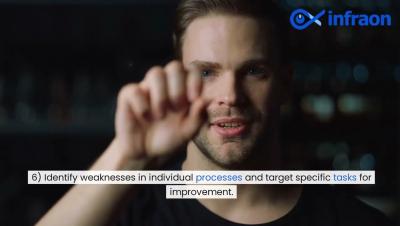10 Ways Your CMDB Influences ITIL Success
The Information Technology Infrastructure Library (ITIL) Service Asset and Configuration Management process, described in its Service Transition guide, requires IT organizations to establish and maintain a configuration management database (CMDB) to keep track of configuration items (CIs) and the relationships between them. An up-to-date and functioning CMDB is one of the most important indicators of ITIL implementation success.











